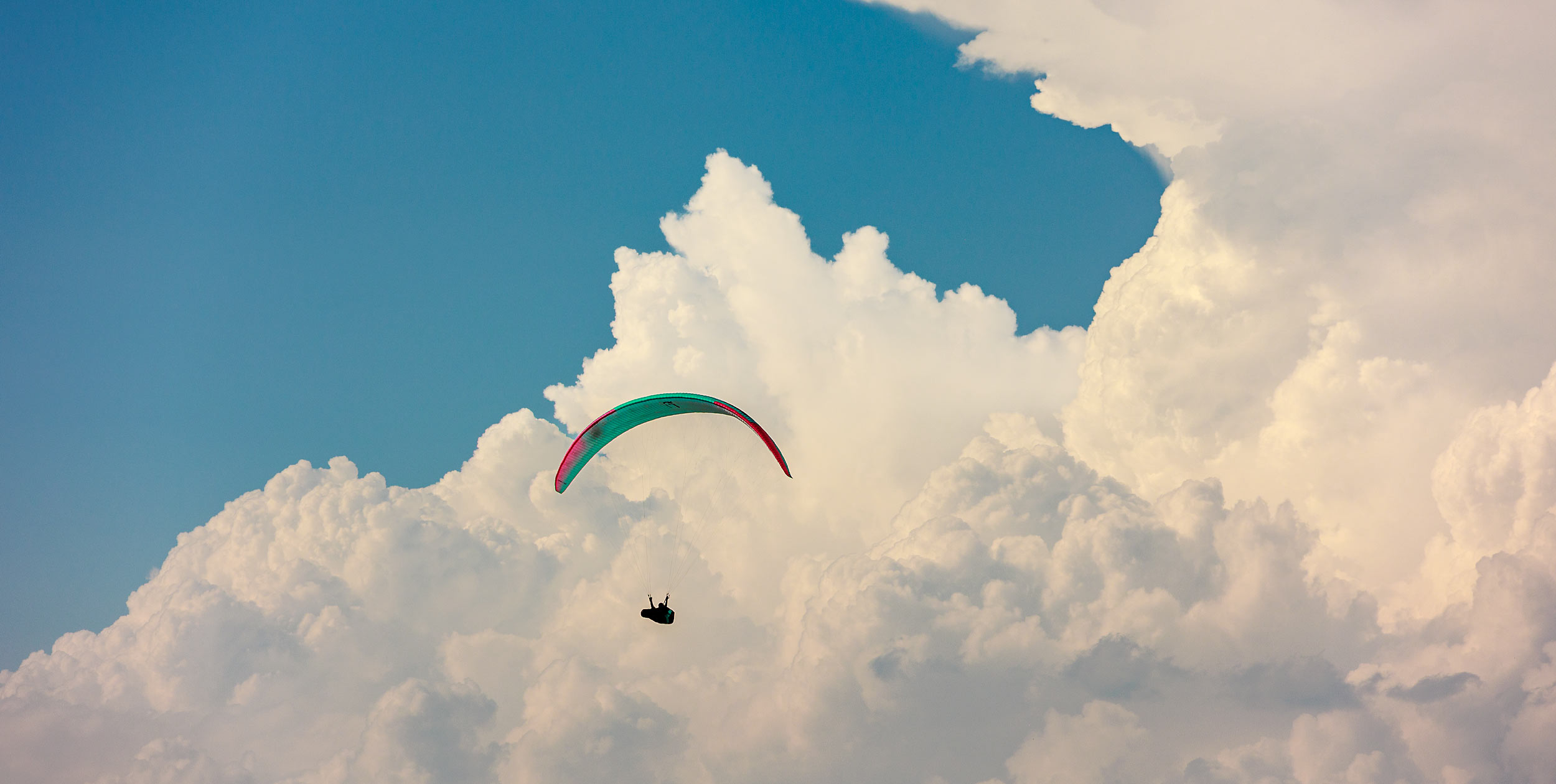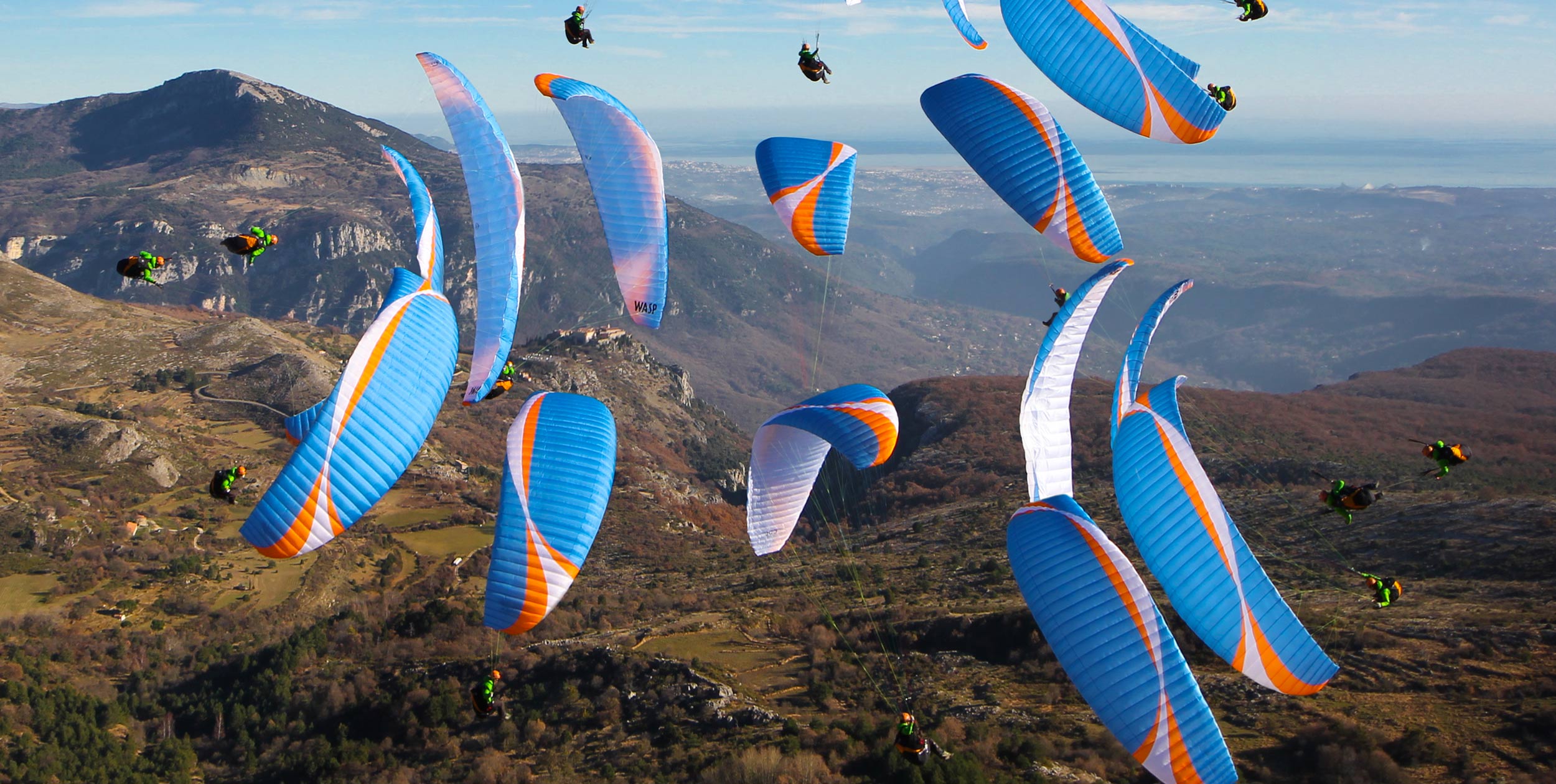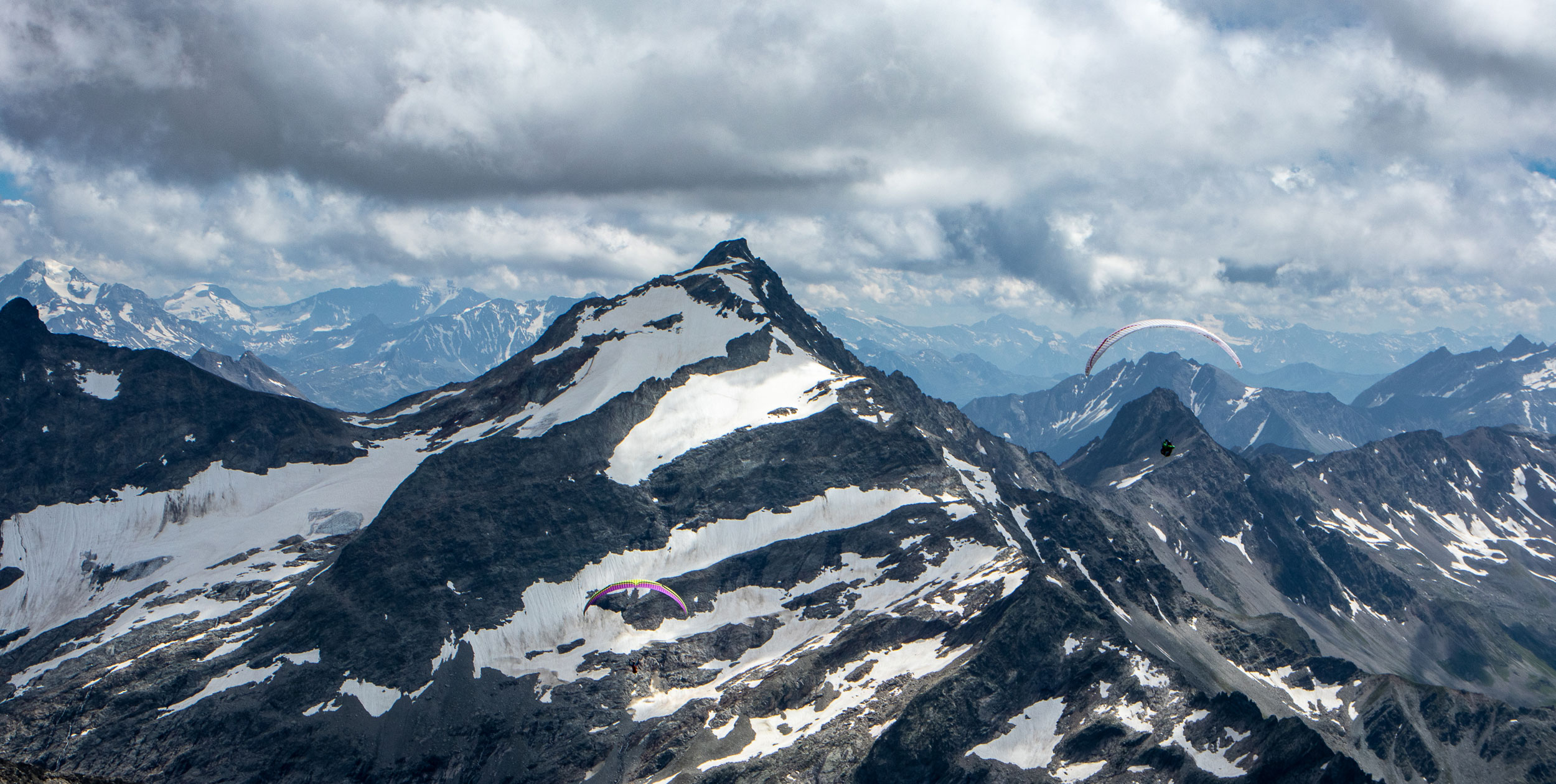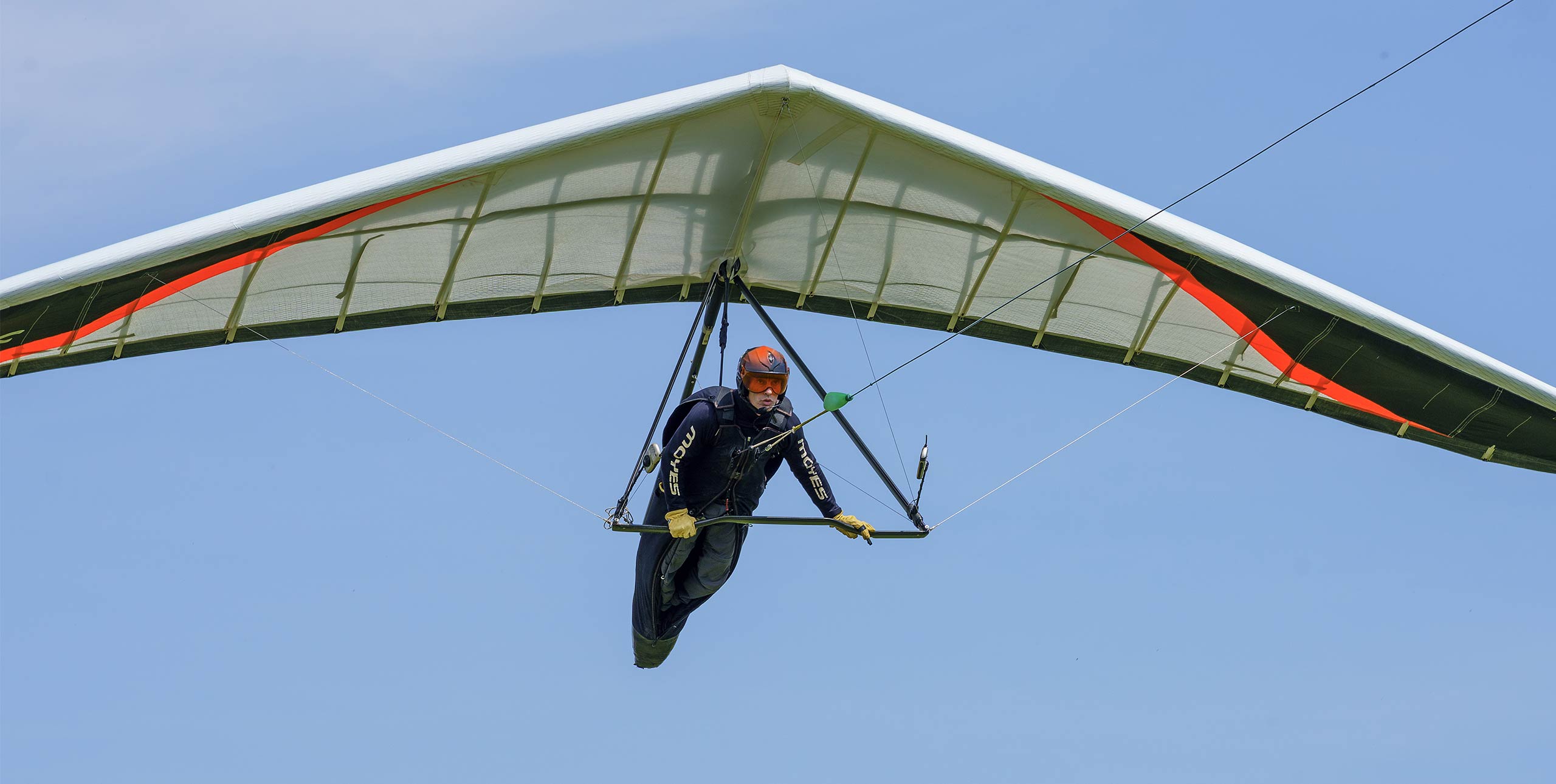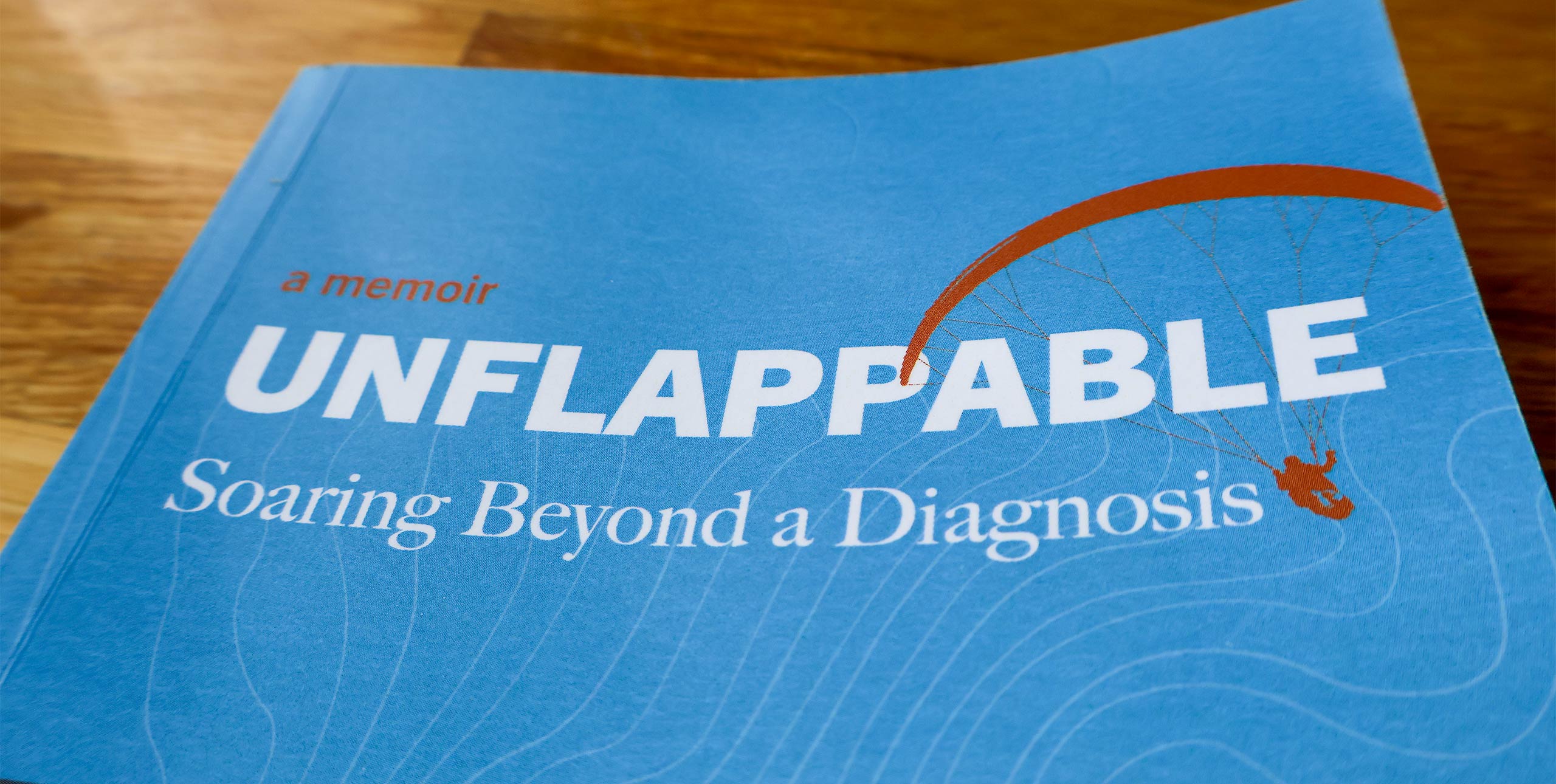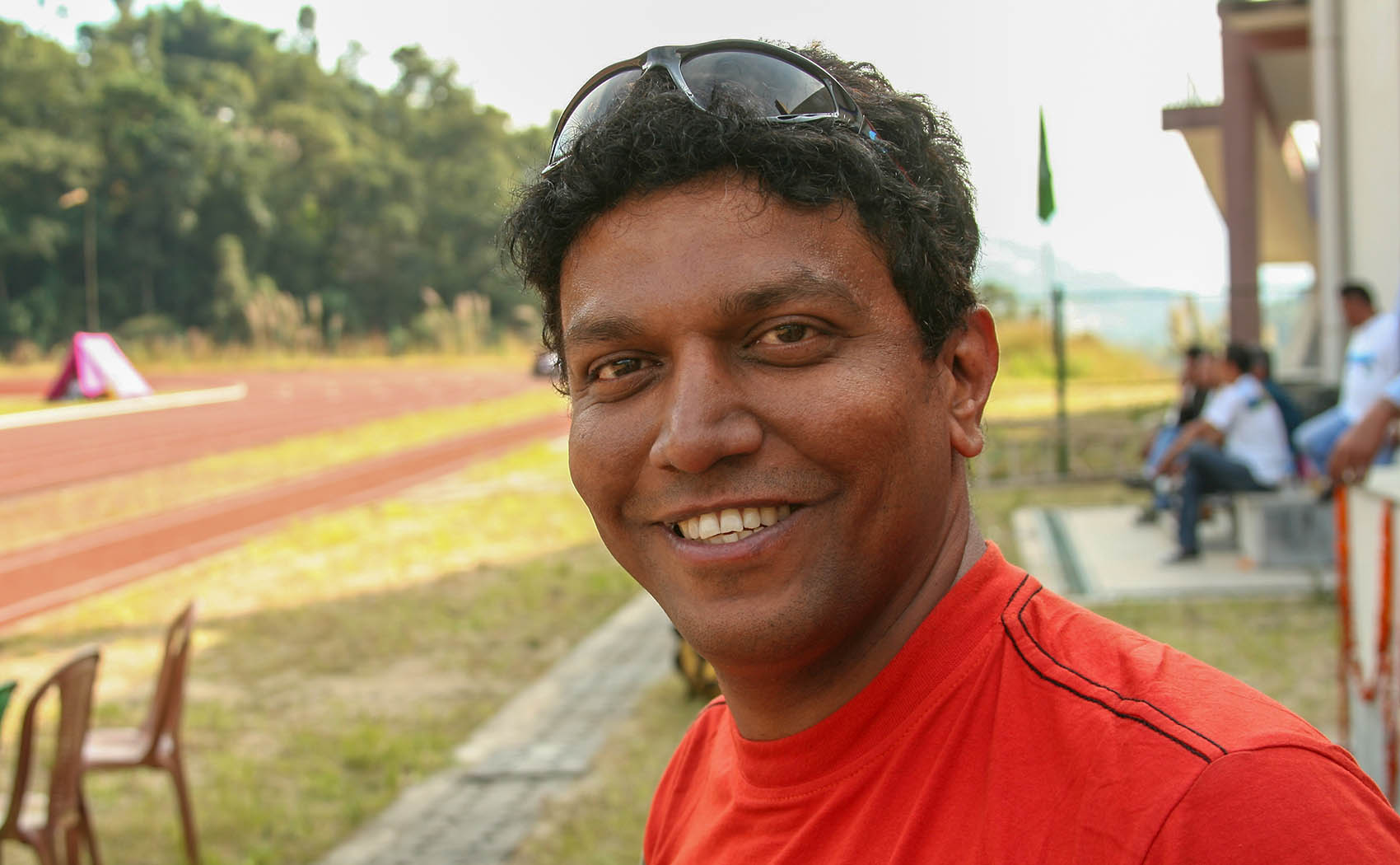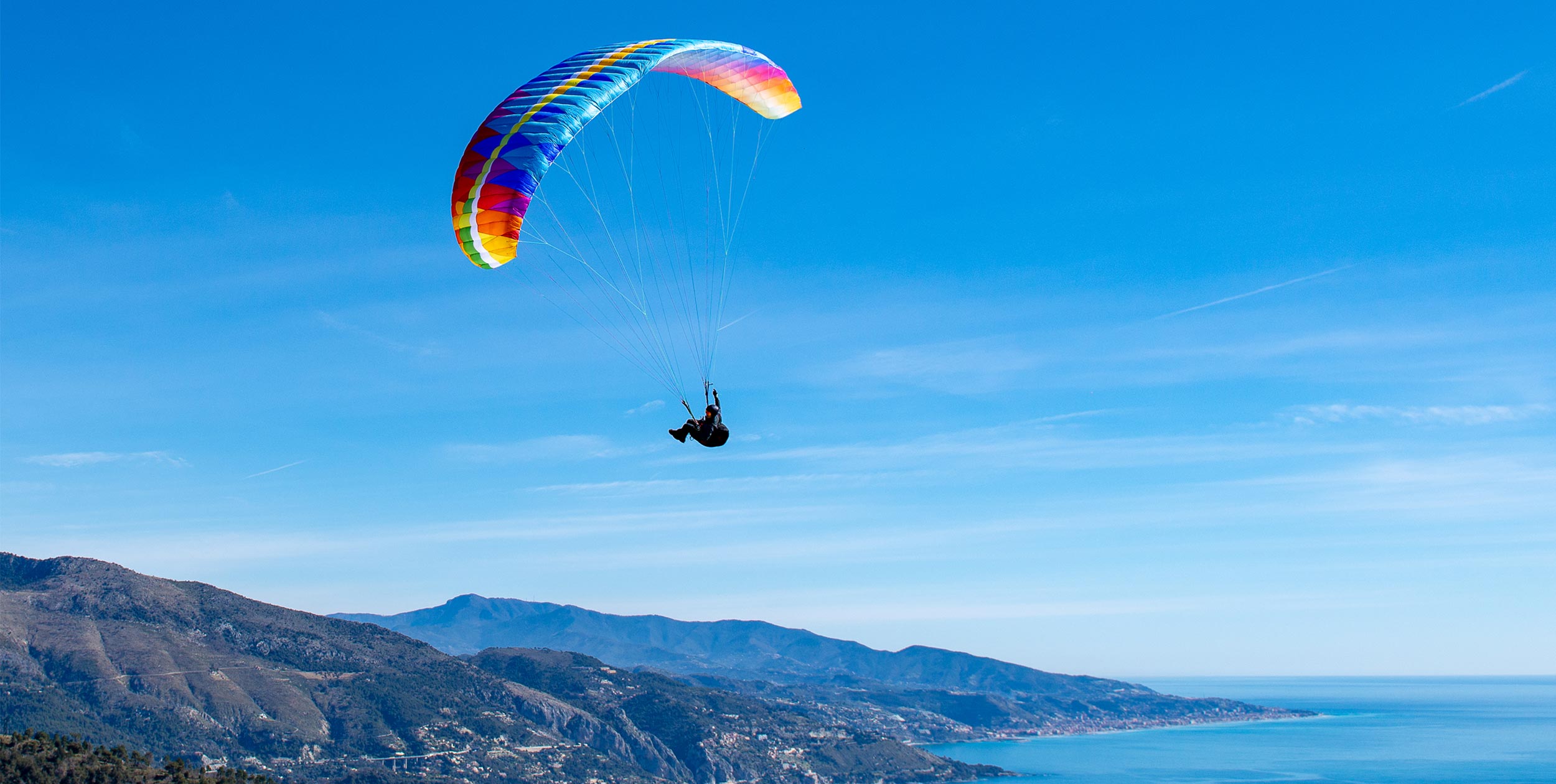

Bruce Goldsmith has been flying since the 1980s. He has been British Hang Gliding Champion twice, British Paragliding Champion three times and was Paragliding World Champion in 2007. He has been designing paragliders for 20 years. His Icaristics column in issue 163 revisited the subject of thermalling.
For the last six months I have been giving Tyr, my 16-year-old son, intensive training in becoming a good XC pilot. He has progressed extremely well and there are three short videos of his lessons on my personal Facebook page. Lesson three contains a particularly nice 70km flight to goal in Laragne at the Ozone Chabre Open in late June.
Tyr’s progress has been impressive with great skill shown in ground handling and SIV as well as handling his glider in the air and flying XC.
During the last task at the Chabre Open Tyr had a better performing glider than me and was easily stay ahead of me on glide. But I was always able to get him back on the climbs, despite the fact I was more heavily loaded on the Tala (S) than he was.
So here are my top tips to him on how to climb better – the single most important part of flying. Because if you don’t climb well you will not even stay up, let alone fly far.
1. Sense the best lift and don’t be easily satisfied with what you are in: constantly correct.
2. Observe other pilots and their sink rate the whole time. Don’t only feel and recognise your own change in lift as you go around the turn, but do the same for all the other pilots in your area, and jump on any bubbles of lift that any of you fly though, instantly.
3. Speed of reaction is essential. If you see some lift, don’t just think, “I’ll do one more 360 and go over there on the next turn”. It will be too late! The bubble will have gone past your own slower climb. It won’t be there the next time around.
4. Gliders have a preferred turning circle. That turning circle can be adjusted by using different amounts of weightshift and inside and outside brake. What you need to do is match the turning circle of your glider with the best turning circle for the thermal. Always use minimal brake to turn and let the glider go around on its own. Use weightshift to your advantage.
5. Thermal turning circles are different. You can have a small strong core, in which case you need to fly small tight circles. Lift can also be wide and strong. In this case, even though the lift is strong, it is best to make big circles. The hardest combination is thermals that are small in size and weak: because you need to make a tight turn as efficiently as possible.
[promobox]
6. Thermal shapes are extremely complex. I don’t find that imagining complicated 3D images helps me to thermal better. I put all my concentration into trying to find a lump of lift big enough for me to do a turn in. Then I try to core that lump of lift and stay with it. The balance of searching elsewhere or staying with lift is a fine line and is part of the art of flying.
7. Follow the birds. They know best! All thermals rotate, so if there is a better direction to turn then it depends on which way the thermal is rotating. Birds know best: if they are turning one way, then follow them. (But obviously obey the rules of the air: if joining a thermal with other pilots in it, turn the way they are turning.)

In terms of pure sink rate Tyr has an advantage over me. He is 10kg lighter on the same size of glider. In ridge lift he can sit on me until the first thermals show, then the tables are quickly reversed.
This article is the result of me trying to analyse what I do right, and what he does not, and to put down some essential tips on how to climb better. In writing this I have avoided reading any other material about thermalling or any of my old articles in order to have a fresh perspective on this essential and age-old subject.


